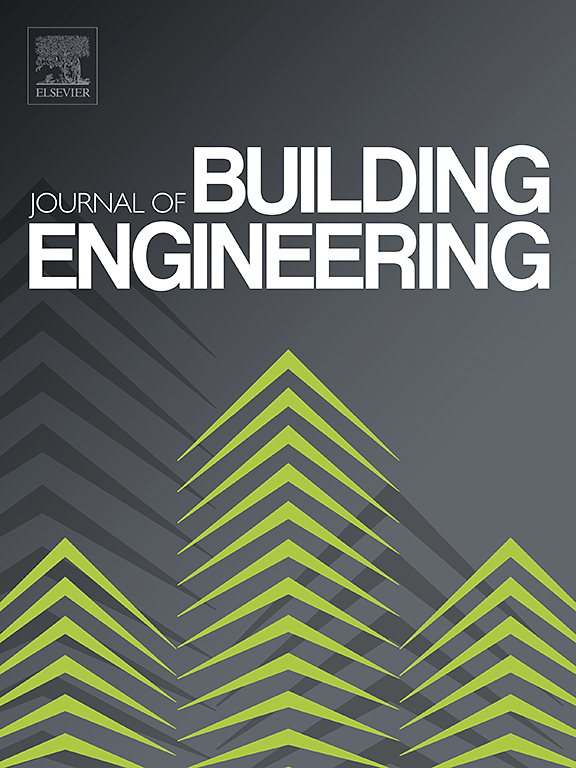Integrated utilization of recycled waste concrete powder and waste glass power for preparation of foam ceramics
IF 6.7
2区 工程技术
Q1 CONSTRUCTION & BUILDING TECHNOLOGY
引用次数: 0
Abstract
Using multi-solid wastes to prepare foam ceramics, it can not only recycle a large amount of solid waste, but also obtain products with excellent performance. In this study, foam ceramics were prepared by sintering method using recycled waste concrete powder and waste glass power as main raw material. The effect of foaming agent content on the physical properties and pore structure of foam ceramics were investigated. The matching relationship between the amount of flux and foaming agent was also analyzed. The results revealed that when the flux was 5 g and the foaming agent was 10 g, the foam ceramics showed the best overall performance. The compressive strength, bulk density, water absorption and porosity were 6.43 MPa, 1.10 g/cm综合利用回收的废混凝土粉和废玻璃粉制备泡沫陶瓷
利用多固体废弃物制备泡沫陶瓷,不仅可以回收利用大量固体废弃物,还能获得性能优异的产品。本研究以回收的废混凝土粉和废玻璃粉为主要原料,采用烧结法制备了泡沫陶瓷。研究了发泡剂含量对泡沫陶瓷物理性能和孔隙结构的影响。还分析了助熔剂和发泡剂用量之间的匹配关系。结果表明,当助焊剂为 5 克,发泡剂为 10 克时,泡沫陶瓷的综合性能最好。抗压强度、体积密度、吸水率和孔隙率分别为 6.43 兆帕、1.10 克/立方厘米、2.03 % 和 54.35 %。此时,孔径分布最佳,中孔占绝大多数。分形维数和孔形系数分别达到最小值 1.344 和 1.076。如果发泡剂过多,则应适当增加助熔剂的用量。当 Na2CO3 含量分别为 12 克和 14 克时,硼砂至少分别为 7 克和 9 克。助熔剂和发泡剂的搭配能显著提高发泡效果。实验结果表明,利用回收的废混凝土粉和废玻璃粉制备泡沫陶瓷是可行的。制备出的泡沫陶瓷基本可以达到甚至超过目前的主流水平。此外,这种泡沫陶瓷还具有巨大的环保和经济前景。
本文章由计算机程序翻译,如有差异,请以英文原文为准。
求助全文
约1分钟内获得全文
求助全文
来源期刊

Journal of building engineering
Engineering-Civil and Structural Engineering
CiteScore
10.00
自引率
12.50%
发文量
1901
审稿时长
35 days
期刊介绍:
The Journal of Building Engineering is an interdisciplinary journal that covers all aspects of science and technology concerned with the whole life cycle of the built environment; from the design phase through to construction, operation, performance, maintenance and its deterioration.
 求助内容:
求助内容: 应助结果提醒方式:
应助结果提醒方式:


